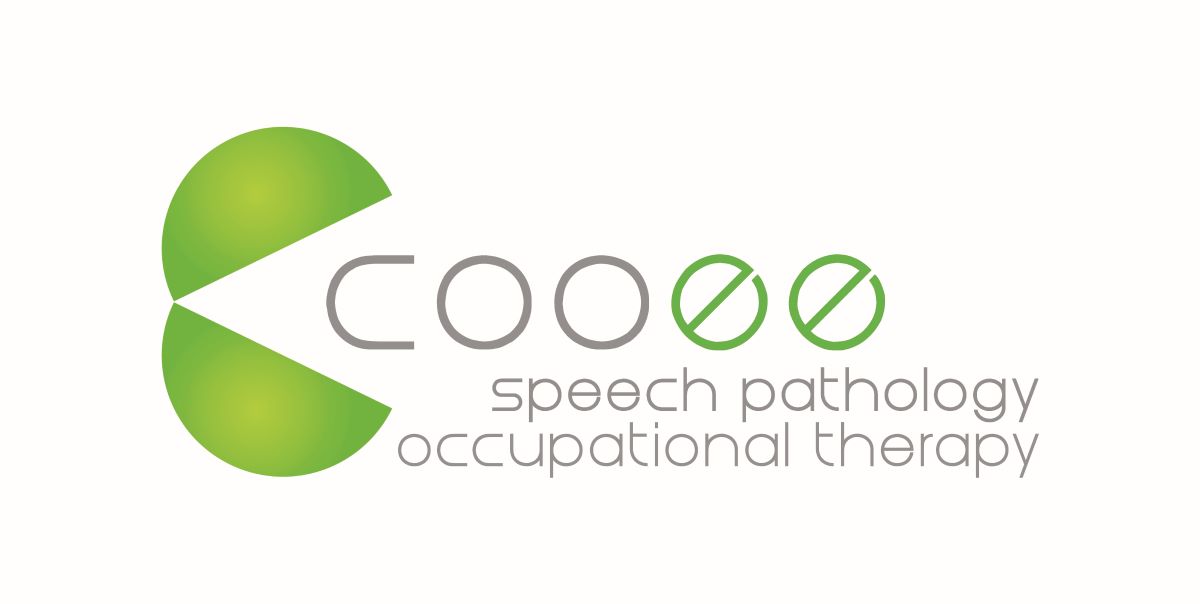Enhancing Communication and Learning with Visuals

This month is AAC (Augmentative and Alternative Communication) Awareness month, and our Speech Pathologists have been discussing how visual communication systems can be beneficial for children who are having trouble communicating with or understanding spoken words.
But did you know that using visuals can also enhance communication, and support all children’s learning and understanding?
Visual supports are not just for those with communication difficulties.
Visual supports are particularly useful because they don’t disappear after a second in the way a spoken word does.
This allows children (and adults!!) more time to process, understand, and learn information. Here are some ways that you could use visuals every day to support your child’s learning, understanding and expression:
Routines and Expectations
Supporting routines with the use of a visual schedule or timetable is ideal. A visual schedule is a set of pictures that show activities in order. They are useful for…
- Helping your child understand your expectations
- Increasing a child’s independence in completing tasks
- Seeing what is coming up next, which helps you child set realistic expectations and reduce stress or anxiety
- Supporting your child’s understanding of sequences
(FIRST this, THEN that. BEFORE we do X, we will do Y. AFTER we do Y, we will do X)
You can draw your own pictures, take photos, or search for images on the internet to put on your visual schedule. Laminating the pictures will make them last longer. For more information on routines head to Raising Children.
Following Instructions and Motivation
Support your child’s understanding of directions and steps by using visuals to accompany the verbal instructions. Similar to the above, you would provide visuals in order for every step in the instructions. This strategy is great for simple two step instructions (e.g. first wash your hands, then eat dinner), right up to long and complex instructions in something such as a recipe.
First – Then visuals can also be great for motivation and participation in non-preferred activities. Children can be more willing to engage in a non-preferred activity when they can see a preferred activity will follow. Printed pictures are great for instructions or activities that occur all the time, but you can also use a trusty piece of paper and a pencil to sketch instructions and steps when you’re out and about.
Learning New Words and Information
Visuals can help children understand and remember new words and concepts.
Our Speech Pathologists and Occupational Therapists use visuals all the time in the clinic to support children’s learning. This could be something as simple as drawing a concept as you’re explaining it, or having a graphic or picture that you can use as you’re explaining. Visuals can also act as a memory hook. For example the UQ Phonological Awareness for Literacy program uses pictures with a short phrase to help children remember the long vowel sounds for reading and spelling. Similarly, when children are learning new words, it’s a great idea to get them to draw a picture that will help them remember the meaning.
Retelling a Story
Whether it’s a fictional tale or a personal narrative, visuals can support your child’s expression when retelling a story. Visuals reduce the cognitive load of the retelling task, by supporting memory and sequencing which allows the child’s brain to focus on the words and sentences they’re using. In the clinic we use quick sketches to help children remember key story components. Some families like to take photos and keep the child’s personal narratives in a scrapbook, and there are even some great apps you can use to create your own personal and fictional stories with pictures.
In summary, visuals are a great way to support learning, understanding, and expression for children (and adults!).
If you believe your child would benefit from support for their communication, please get in touch with one of our friendly Client Care Team from our Brisbane North clinic who can assist you in your enquiry.
Stephanie Harris
Speech Pathologist
